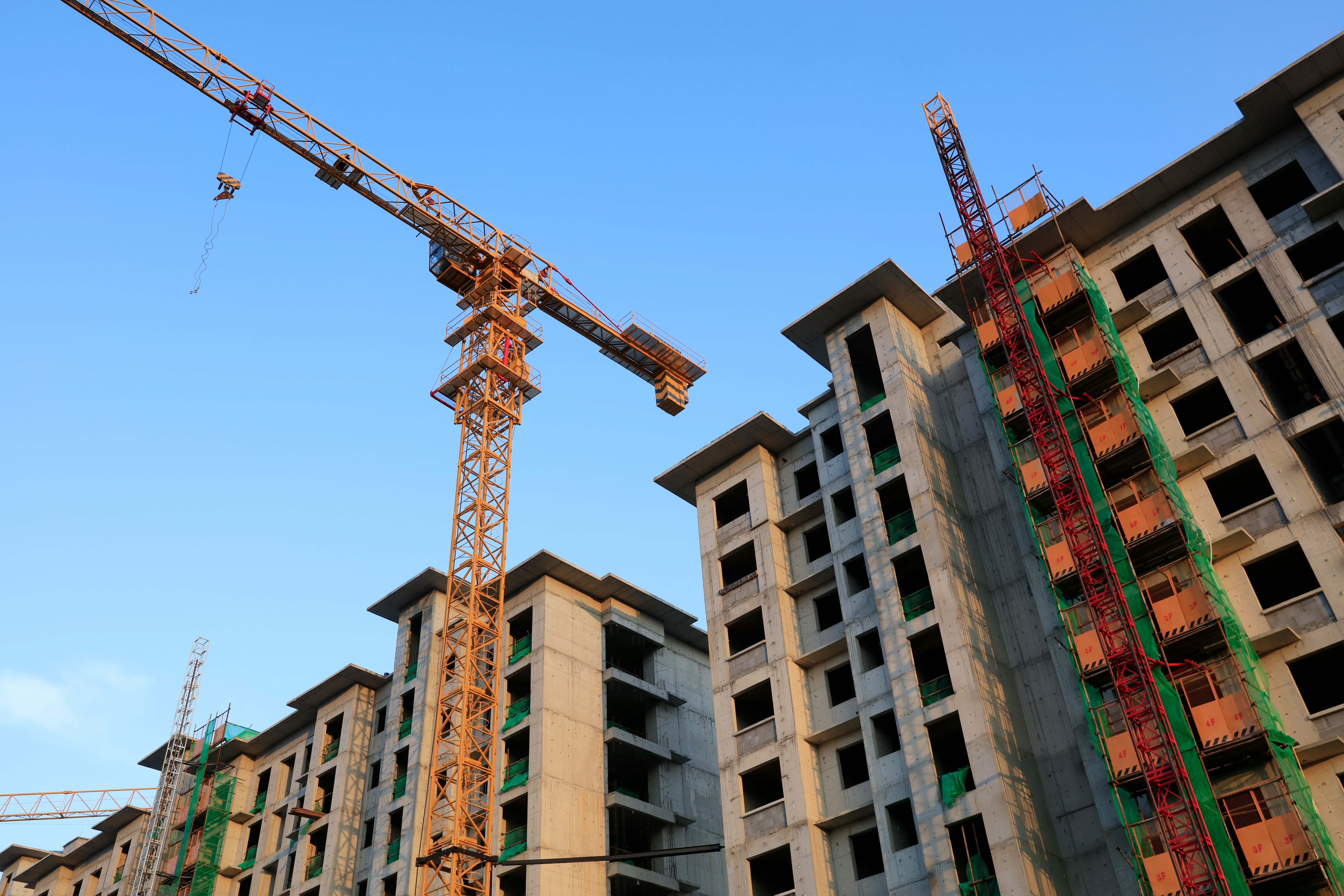
The commercial real estate (CRE) market is poised for substantial growth in 2025, providing exciting opportunities for investors. After navigating a period of uncertainty during the pandemic, the sector is regaining momentum and is expected to experience significant gains. With rising demand across various property types, innovative trends reshaping the landscape, and substantial economic recovery, 2025 promises to be a prosperous year for commercial real estate investment. This article delves into the key factors driving the CRE boom and how investors can capitalize on these emerging opportunities.
Economic Recovery and Robust Growth
The global economy is on track for a strong recovery in 2025, and this is having a direct impact on the commercial real estate market. As businesses reopen and industries rebound from the pandemic, there is an increased demand for commercial spaces such as office buildings, retail centers, and warehouses. The growth in consumer spending and a resurgence in business activity are creating a favorable environment for CRE investments.
Additionally, economic growth brings with it the need for expanded infrastructure and real estate development. As businesses hire more employees and increase operations, they require more physical space. Demand for office spaces, logistics facilities, and retail outlets is expected to rise, pushing up property values and rental rates. This combination of economic recovery and heightened demand makes 2025 an ideal time for investors to dive into the commercial real estate market and take advantage of the expected uptick in property values.
Shifts in Consumer Behavior and Retail Spaces
One of the most significant changes driven by the pandemic has been the shift in consumer behavior, particularly in the retail sector. As more people turned to online shopping, traditional brick-and-mortar retail locations faced challenges. However, with economic recovery and increasing consumer confidence, the retail market is seeing a resurgence. In 2025, this shift in consumer habits is expected to continue shaping the demand for retail spaces, albeit in a new way.
The demand for experiential retail—where customers can engage with brands in unique, immersive ways—will drive much of the retail real estate growth. Investors are increasingly looking for properties that can accommodate these modern retail concepts, such as pop-up shops, showrooms, and experiential stores. Additionally, there is a growing need for last-mile delivery hubs as e-commerce continues to dominate the market. Demand for small-scale distribution centers near major metropolitan areas will skyrocket, with more consumers expecting fast delivery. For investors, this presents an opportunity to target retail and industrial properties in locations with high e-commerce activity, tapping into the changing needs of modern consumers.
Office Space and Hybrid Work Trends
The future of office space is evolving, but it is far from obsolete. While some companies have reduced their physical office footprints, others are rethinking their layouts to accommodate flexible work arrangements better. In 2025, companies are likely to invest in spaces that prioritize collaboration and employee well-being, making them attractive to both employees and potential tenants.
This creates a unique opportunity for investors to focus on office properties that align with these new demands. Buildings with open floor plans, communal areas, and state-of-the-art amenities will see rising demand as companies seek spaces that foster collaboration and creativity. Furthermore, as more businesses embrace hybrid work, there is also an increased need for co-working spaces, particularly in suburban areas. These flexible office environments cater to companies looking to provide employees with a blend of remote work options and in-person collaboration.
Industrial and Logistics Real Estate Booms
Industrial real estate is one of the standout sectors in commercial real estate, and it shows no signs of slowing down in 2025. The rise of e-commerce and global supply chain shifts have significantly impacted demand for warehouses and distribution centers. As online shopping continues to grow, the need for large, strategically located warehouses to fulfill consumer orders quickly has never been greater. In addition, manufacturers are increasingly reshoring operations to reduce supply chain risks, further driving demand for industrial spaces.
For investors, industrial properties present an excellent opportunity for long-term gains. The need for last-mile delivery hubs, fulfillment centers, and extensive distribution facilities will continue to escalate. As such, investors should acquire properties in key locations connected to transportation networks and population centers. Industrial real estate also offers stable, long-term rental income, making it an attractive choice for those seeking reliable cash flow.
Sustainability and Green Building Standards
Sustainability is no longer a niche concept but a core consideration for commercial real estate development. In 2025, the growing emphasis on environmental, social, and governance (ESG) factors will drive demand for sustainable buildings.
Investors focusing on environmentally friendly, energy-efficient buildings will have a competitive edge in the market. These properties attract tenants who prioritize sustainability and benefit from lower operating costs and higher long-term value. Additionally, government incentives and tax credits for green building certifications will continue encouraging investment in sustainable real estate. In the coming years, investors will find that properties built with sustainability in mind will offer higher returns and better marketability as demand for eco-friendly real estate grows.
Opportunities in Emerging Markets and Regional Growth
While major metropolitan areas have historically been the primary focus for commercial real estate investment, emerging markets, and regional growth are becoming increasingly attractive in 2025. Sun Belt, Midwest, and Southeast U.S. cities are seeing significant population growth and economic expansion. As businesses relocate to these regions for lower costs, better quality of life for employees, and access to emerging talent pools, the demand for commercial properties will increase.
Investors should look for opportunities in these rapidly growing cities where economic development and population expansion drive demand for office, industrial, and retail spaces. Furthermore, many cities provide favorable business environments, including lower taxes and regulatory incentives, making them more attractive for investors seeking growth opportunities. As companies expand into these regions, investors who target emerging markets will benefit from long-term appreciation and strong demand.